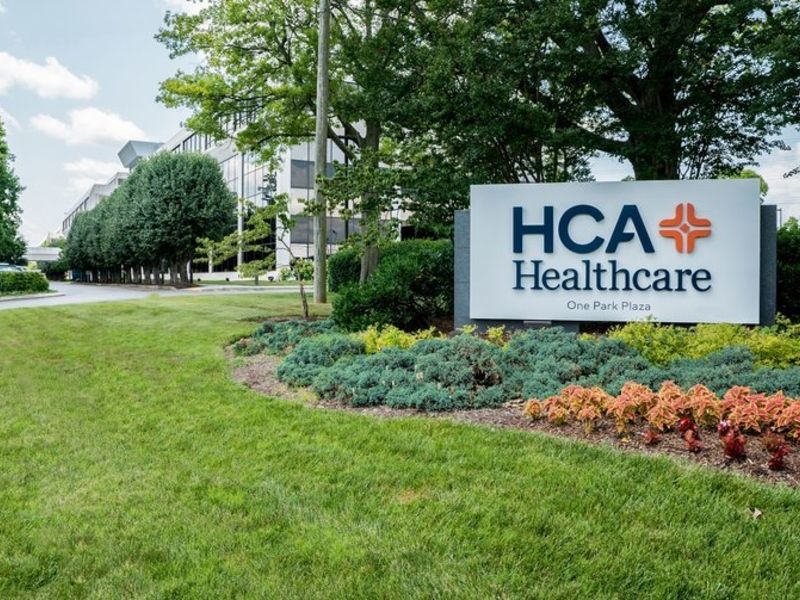
HCA Healthcare has made headlines in recent months over multi-hospital deals that align with the for-profit hospital chain’s strategy of being the number one or two player in its markets.
Most recently, Nashville-based HCA announced plans to buy five hospitals across the Wasatch Front, a populated chain of cities in north-central Utah with Salt Lake City in the middle. Those hospitals neatly fill in the gaps between HCA’s eight existing hospitals in that region.
HCA is the largest hospital chain in the country by both revenue and number of hospitals. It drew $51.5 billion in revenue in 2020 and has north of 180 hospitals.
Even as it grows in Utah, HCA has exited Georgia’s Atlanta metro, having sold five hospitals there since August.
Both moves fit with the company’s strategy of singling out high-density, high-growth markets, said Brian Tanquilut, a healthcare services analyst with Jefferies.
HCA has a particular knack for buying in markets that weren’t yet on many people’s radars, he said. Salt Lake City is a good example.
“They’re able to identify parts of the country that are poised for good growth and find assets early on,” Tanquilut said.
Another example is HCA’s 2019 purchase of Mission Health, a six-hospital system based in fast-growing Asheville, North Carolina.
HCA never got the scale it wanted in the Atlanta area, so it’s selling four hospitals there to not-for-profit Piedmont Healthcare and another to Florida-based AdventHealth. When HCA announced the Piedmont deal, it said it would shift its focus on its remaining five hospitals in southeast Georgia. Its most recent acquisition there is a hospital in Vidalia, Georgia.
HCA’s growth strategy goes beyond hospitals. The system is investing heavily in ambulatory surgery centers, urgent care clinics and physician practices around its medical centers to create what CEO Sam Hazen described as a “closed loop” system on the company’s second quarter earnings call.
“We have plenty of capacity in our spending, allowing us to invest aggressively in our outpatient network to support our facilities,” Hazen said on the July 20 call. “So we’re adding beds to our facilities in many markets because we’re still running at very high occupancies.”
One example of that is HCA’s May purchase of Alaska Surgery Center in Anchorage, Alaska. The surgery center—HCA’s largest—is less than a mile from the company’s only hospital in Alaska, Alaska Regional Hospital.
HCA’s finances have performed remarkably well during the COVID-19 pandemic. It grew profit 73% to almost $3 billion during the first six months of 2021 year-over-year. But unionized workers say that’s because it hasn’t made the necessary investments in staffing and personal protective equipment during the crisis. A recent federal inspection found HCA didn’t staff enough nurses at one of its California hospitals, which nurses said led to medication errors and patients going unattended.
HCA’s balance sheet—flush with cash and comparatively low in debt—uniquely positions it to spend money on new buildings and service lines, something many not-for-profit health systems can’t do while they continue to recover from the pandemic. In July, it bought a majority stake in Brookdale Senior Living’s home health, hospice and outpatient therapy arm.
“They’re spending more (capital expenditure) dollars than anyone else,” Tanquilut said. “That’s one of the big contributors to gaining market share.”
Source link : https://www.modernhealthcare.com/hospital-systems/hcas-latest-deals-highlight-quest-market-dominance











